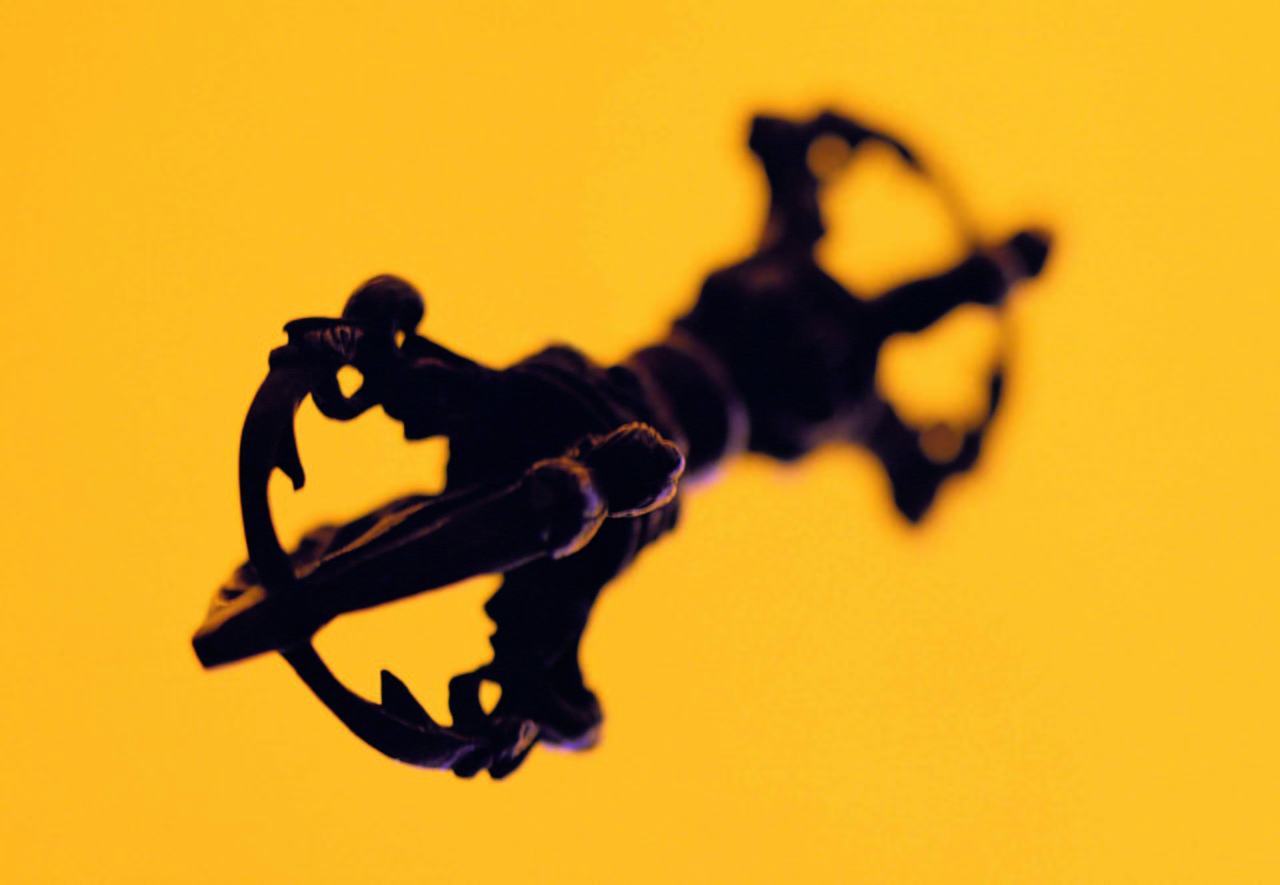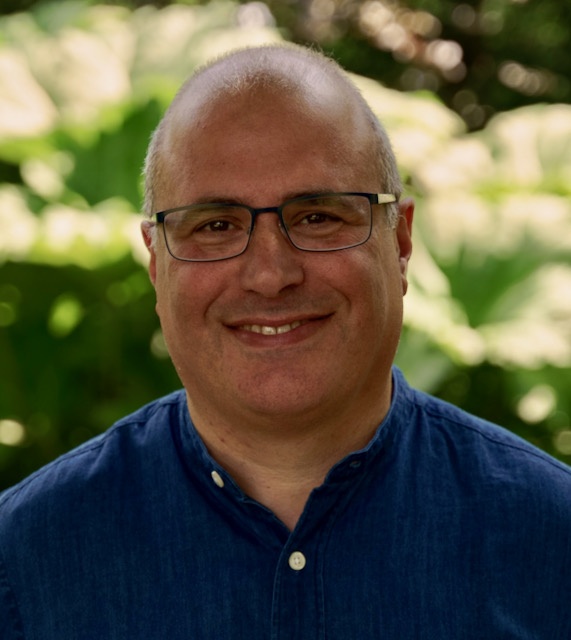Shakespeare’s Macbeth is a ritualised drama that summons demonic forces in the hero and the world the play creates. What happens when a production refuses to close the ritual when the play ends?
A few years ago I wrote an essay on Macbeth and Karma, calling the play a karmic tragedy. Karma, in the Buddhist perspective, means the moral dimension of our actions, their consequences and the whole patterning of existence in which they participate. Karma works on different levels, from the personal to the cosmic, and so does Macbeth, which is obsessively concerned with the consequences of the central action of the play – Duncan’s murder – that play out psychologically, socially and metaphysically. In both the play and the teaching the universe itself possesses a moral order, with ‘even-handed justice’ built into its fabric.
I love the play, and re-engaged with it recently when my son was cast as Fleance (Banquo’s son) in a production directed by Jonathan Munby at the Royal Welsh College of Music and Drama. I was my son’s chaperone, and saw the production in rehearsal and from backstage as well as, eventually, from the audience. Jonathan Munby, has worked for many years with the RSC and in the West End, and the standard of the production was as high as you will see anywhere.
The production turned on the image that ends it. The three witches stride downstage, backlit RSC style, fix the audience and cry out a single word, ‘When’. Is it a question – ‘When?’ – and, if so, why this question? One answer is that ‘When’ is the word the witches speak to open the play: ‘When shall we three meet again?’ But why does the production return to that at its conclusion?
Beyond its themes, Macbeth has a large shape and engages deep energies. Actors, readers and audiences have long felt that these energies include something demonic and that the play touches an area of experience that is less available in our culture than it was in the court of the witchcraft-obsessed King James, where it was first performed. Its setting on the cusp of prehistory and in Britain’s northern wilderness distances it, imaginatively, even from Jacobean England. It offers an image of something viscerally present but primordially other.
Macbeth is also a ritual – at least that is what I see in it now as I grow more interested in ritual as a way of understanding my experience. It is filled with ritualised moments, from the witches’ first appearance and continuing through the formal appeals to evil forces made by both Macbeth and Lady Macbeth, whose appeal of the murdering minsters is as powerful a demonic invocation as you will find in any text. The play’s imagery lends a symbolic dimension to scenes that could be seen more realistically – from the first image of Macbeth as a blood-drenched warrior memorialising Golgotha to his final stand as a beast tied to a stake in the midst of a portent-filled battle.
The play’s opening movement, comprising Acts I and II is, from this perspective, a ritual of demonic invocation, and staging Macbeth is so famously challenging because a production has to take seriously the forces it contains and, at least to some degree, realise them on stage. It should feel like a kind of ritual, channeling the play’s uncanny power and making it mean something.
The play also contains the demonic forces it invokes. They threaten to overwhelm a metaphysical order that is initially embodied in Duncan and which the play’s imagery associates with nature, harmony and goodness. But order eventually triumphs, and we can see the play as what anthropologists call an ‘apotropaic ritual’, a way of warding off evil forces by portraying their subjugation and defeat and that, too, is part of Macbeth’s power in performance.
Staged in modern dress, the RWCMD production began with a prologue set in a war zone that echoes Ukraine, with battling soldiers, terrified civilians and peace protesters criss-crossing the stage. Three female protestors are gunned down and transform into unearthly figures, now seeking vengeance. Literally, they are the three witches, but symbolically, they are Furies. We cannot say whether they urge Macbeth to violence to satisfy their desire for vengeance, or if they want him to bring the cycle of destruction to a crescendo in order to exhaust its power – or perhaps another interpretation is possible.
At the production’s conclusion, Malcolm’s speech, which anticipates his coronation, is interrupted when Fleance takes the crown from him (exploiting an unclarity in the text, whereby Malcolm is crowned but we know that Fleance will be king in the future), and the fighting starts again. As the witches cry ‘When!’, we are taken back to the beginning. We wonder if they are asking ‘When will this ever end?’ or ‘When will we find our next victim?’ Their cry suggests that Macbeth’s death represents closure only on the surface of events, and that beneath them the forces that are stirred by violence are unassuaged. No military victory can allay them, the cycle of violence will continue and blood will have blood, now and in the future.
I think the production asks how we can possibly believe that evil has been defeated when it is so palpably alive in the world we inhabit? Defeating an individual, however evil he has become, will not make an end of violence. On this reading, the play opens beyond the confines of the theatre into the our own world where tyranny and war persist. The uncomfortable lesson is that art should be more than an aesthetic diversion. A play like Macbeth, which tells us that nothing can ‘trammel up the consequences’ of our actions, should leave us feeling that we are moral agents and what we do matters. The epilogue breaches the circle that is normally closed by the performance, to offer the lesson is that the ritual must be completed beyond the confines of the play, within our lives.
Read a Spanish translation of this post


